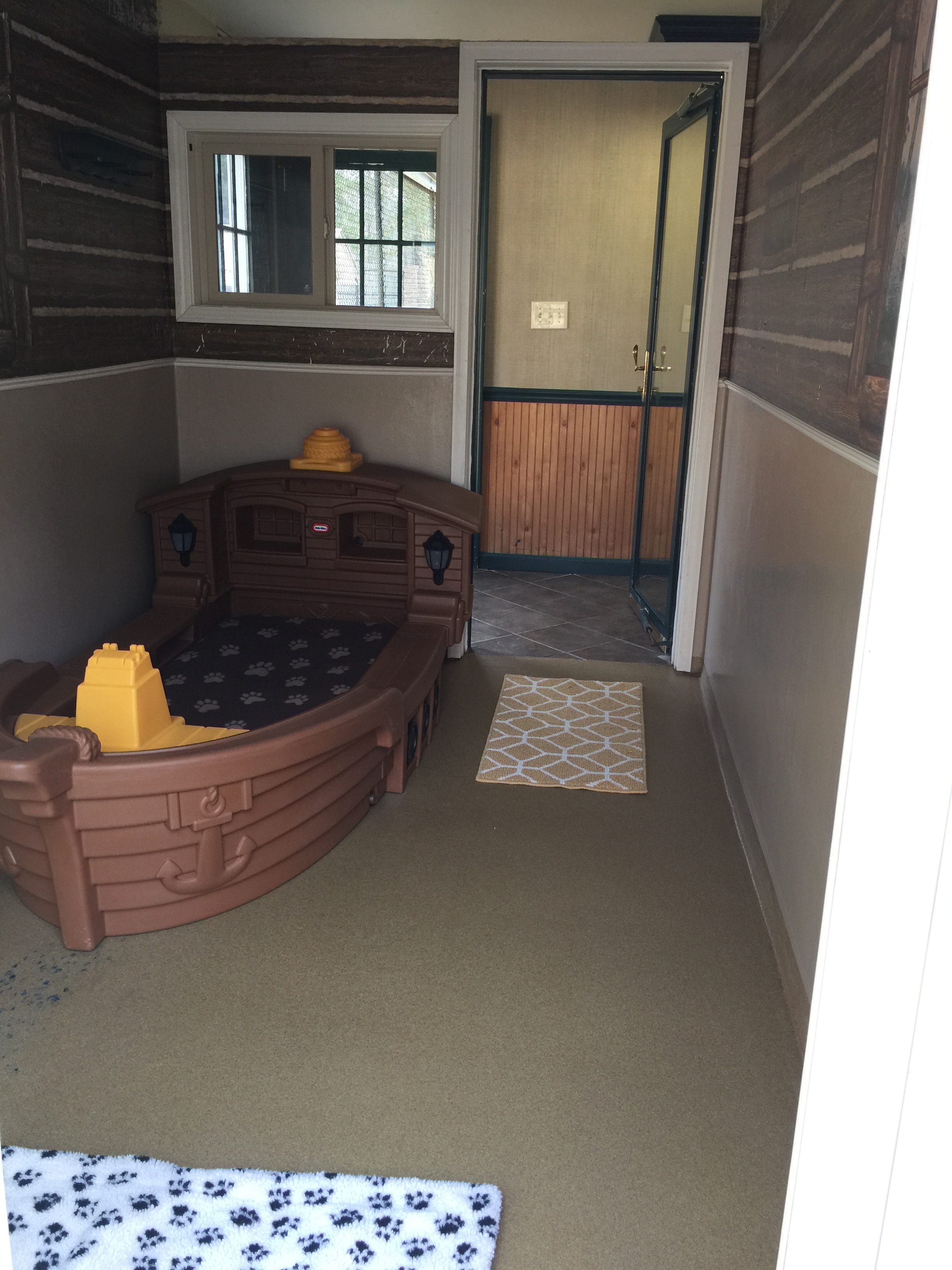

It was more about agriculture, making sure that the food was safe.” “Health Canada wasn’t really a big department. “Canada was even more backward,” Warsh said. At that time, drug-safety processes we now take for granted were in their infancy, even for the FDA, which was only beginning to ensure that safety was overseen by people with PhDs in science who stuck around on the job. Library of Congress, speculates it was “just inertia” that allowed the drug to be sold in Canada and remain available for two years in some drugstores. Kelsey has always steered clear of addressing why Canadian authorities did not take action sooner, but Warsh, who is writing a book on Kelsey and has access to 100 boxes of her papers now in the U.S. “It’s very sad,” said Kelsey, who was interviewed through her daughter, Christine Kelsey, because of poor hearing. There are approximately 5,000 survivors world-wide, the association says.

Thalidomide went on sale in Canada on April 1, 1961, and was not pulled until March 1962, three months after most of the world had yanked the drug. In 1991, Ottawa awarded small lump-sum grants to thalidomide survivors born in Canada, the association says, but “hese payments were quickly used by individuals to cover some of the extraordinary costs of their disabilities, and for most victims, these monies are long gone.” Before that, families were pushed into accepting widely varying financial settlements that did not last long, with a gag order forbidding disclosure of amounts that varied by hundreds of thousands of dollars for the same levels of disability, the association said. “We have a lot of hope but also a lot of work to do.”
One medical cobble hill plus#
The Thalidomide Victims Association of Canada is calling on Ottawa for $250,000 in lump-sum payments for each of them, plus annual support starting at $75,000, said executive director Mercedés Benegbi, who recently met with Health Minister Rona Ambrose. Kelsey is back in the news, not just because of her centenary, but because 95 surviving Canadian thalidomide victims have entered their 50s with ever more serious health problems due to truncated limbs, widespread nerve damage, arthritis, deafness and blindness. “I think it was extraordinary to be so brave in the face of the kind of pressure she was facing, to stick to her guns and not allow that drug to be licensed, because by doing so, she prevented no doubt hundreds, if not thousands, of children from becoming affected by thalidomide.” It was even more to her credit, considering that Kelsey was new to Washington and in a male-dominated landscape, added Klausen, who grew up in Sidney. “She was a pioneer woman scientist in Canada and there were so few.”Ĭarleton University medical historian Susanne Klausen, who is writing about thalidomide in South Africa, agreed that Kelsey is an icon. “They thought I was nuts,” Kelsey said of the company.Īn MD with a PhD in pharmacology, she had so much courage in her scientific convictions that University of Vancouver Island historian Cheryl Warsh ranks Kelsey among the top five scientists in Canadian history, along with diabetes-treatment pioneers such as Frederick Banting and Charles Best, in terms of global importance and recognition. She refused to approve it, despite pressure from the company. But Kelsey felt claims made for thalidomide sounded too glowing and required more substantiation. It had already been approved in Canada and 20 other countries, and pharmaceutical firm Richardson-Merrell wanted access to the huge U.S.

Food and Drug Administration in Washington, D.C., Kelsey was asked to review a new drug application for thalidomide. In the late summer of 1960, after only one month on the job as a medical officer at the U.S. She has a message for people living there today: “I envy them,” she said. But talking up her love of Cobble Hill, no problem. If anything, she sounds more animated about growing up in her family’s rural Shawnigan Lake Road home than when asked, yet again, about how she saved thousands of American children from cruel deformities as a result of the early 1960s drug, prescribed to pregnant women for relief of insomnia and morning sickness.Ī working scientist who did not officially call it quits until she was 91, Kelsey isn’t one to solicit praise - science is science. “Oh yes,” she said with emphasis in a recent interview from her daughter’s home in London, Ont. market - still thinks of herself as a Vancouver Island girl. Frances Oldham Kelsey - the physician and drug investigator who kept thalidomide from the U.S. She was the girl from Cobble Hill who grew up to be one of the outstanding scientists of the 20th century.Īlthough she turned 100 last summer, Dr.


 0 kommentar(er)
0 kommentar(er)
